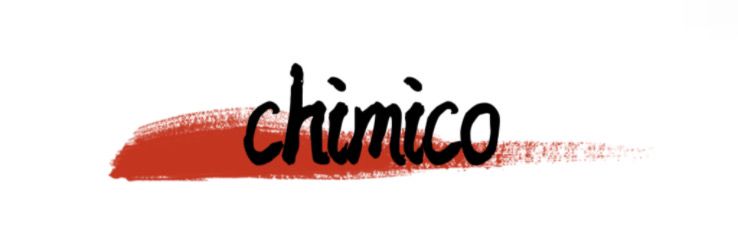Essential Guide to Staple Stitch Removal in 2024
For more information, please visit lookmed.
#### Article: .
The removal of staple stitches is a common procedure following various surgical operations. While it might seem straightforward, it’s essential to understand the importance of doing it correctly to avoid complications such as infection or reopening the wound. If you are in search of an essential guide to staple stitch removal in 2024, you’ve come to the right place. This guide will cover everything from preparation and the necessary tools, to step-by-step instructions and aftercare.
**Understanding Staple Stitches**.
Staple stitches are used in surgical procedures due to their strength and ability to hold tissue together more securely than traditional sutures. They are often used in areas where precision is essential, such as abdominal surgeries, or in procedures involving large tissue masses. These staples are designed to stay in place for a specific period, allowing tissues to heal adequately before removal.
**Why and When to Remove Staple Stitches?**.
Typically, staple stitches are removed within 7 to 14 days after placement, depending on the nature of the wound and your healthcare provider's instructions. Following this timeline minimizes scarring and promotes optimal healing. However, never attempt to remove staple stitches before consulting a healthcare professional.
**Essential Tools for Staple Stitch Removal**.
Before you begin the process, make sure you have the following tools at hand:
1. **Sterile staple remover**: This is specifically designed to safely remove staples without causing unnecessary damage to the skin or underlying tissue.
2. **Antiseptic wipes**: To clean the area surrounding the staples before and after removal.
3. **Cotton swabs or gauze**: To gently wipe away any blood or discharge from the area.
4. **Gloves**: To maintain a sterile environment and reduce the risk of infection.
5. **Tweezers**: In case any staples are difficult to grasp with the remover.
6. **Band-aids or adhesive strips**: For any potential minor cuts or to protect the area after removal.
**Step-by-Step Instructions for Removal**.
**Step 1: Prepare the Area**.
See also:Health & Medical
Start by washing your hands thoroughly and putting on gloves. Clean the area around the staple stitches with antiseptic wipes to reduce the risk of infection.
**Step 2: Position the Staple Remover**.
Carefully align the staple remover’s prongs around the staple. The opening should be positioned on the side where the skin is closest to the staple.
**Step 3: Remove the Staple**.
Press the handles of the staple remover together gently, which will cause the prongs to push the staple ends inward, releasing it from the skin. Be cautious—do not pull the staple straight out, as this can cause injury.
**Step 4: Check the Wound**.
Once all staples are removed, inspect the wound for any signs of infection, such as increased redness, swelling, or discharge. If you notice any concerning symptoms, contact your healthcare provider immediately.
**Step 5: Clean and Protect the Area**.
After the removal, clean the site gently again with antiseptic and cover it with a band-aid or adhesive strip to protect it from bacteria and further injury.
**Aftercare Tips**.
- Keep the area clean and dry. Follow any specific aftercare instructions provided by your healthcare provider.
- Avoid activities that could put strain on the site, as this can increase the risk of reopening the wound.
- Watch for signs of infection, including increased redness, swelling, or prolonged pain.
- If you experience any unusual symptoms, such as fever or excessive oozing, seek medical advice promptly.
**Conclusion**.
Removing staple stitches can be a straightforward procedure when approached with care and the right tools. While it’s essential to consider the advice of your healthcare provider, this guide equips you with the necessary knowledge to ensure the removal is safe and effective. Always prioritize cleanliness and take the appropriate measures to protect your healing wound.
If you want to learn more, please visit our website.

